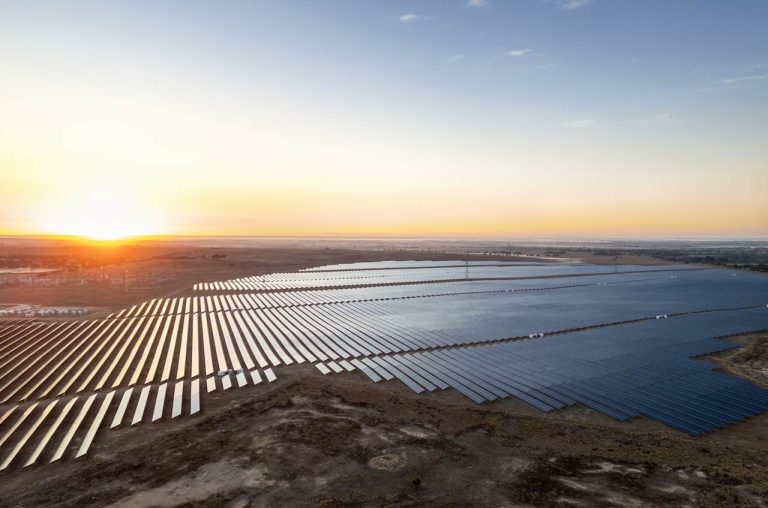SunCable Denies Capital Struggles, Confirms Solar Export Plans Continue
SunCable, the company behind what could become the largest renewable energy initiative globally in the Northern Territory, has announced that its efforts to secure new funding are “progressing well” and attracting “strong interest from multiple investors.” The firm maintains that its plans to export solar power overseas are still very much alive.
The ambitious $35 billion project is currently seeking patient capital and partners who share its vision, having recently obtained environmental approval for its initial phases, which include the installation of up to 10 gigawatts (GW) of solar energy and 35 gigawatt-hours (GWh) of battery storage.
Concerns Over Project Viability
Despite these positive developments, mainstream business media reports suggest that the monumental project may be facing significant hurdles. The Australian newspaper reported that Grok Ventures, the investment firm owned by Mike Cannon-Brookes, is considering selling up to half of its stake in SunCable and is scaling back its plans to export solar energy to Singapore via an undersea cable.
The report indicated that the ambitious scale of the project has not yet attracted sufficient external interest. Consequently, SunCable is now exploring the possibility of selling a substantial share of the company, as there is increasing pressure on Cannon-Brookes’ Grok Ventures, which holds approximately 90 per cent of SunCable, to make a final investment decision by 2027.
Capital Raising Efforts Continue
Securing capital is proving to be a challenge for renewable energy developers at this time, as highlighted by recent data from BNEF. However, SunCable has refuted claims that its fundraising efforts have reached a critical juncture. A spokesperson for the company stated, “The capital raise is going well, and we have had strong interest from multiple investors.”
They further elaborated that discussions are well underway with several parties, including those who can provide both capital and the expertise necessary to expedite the project’s development.
Shifting Focus to Data Centres
Additionally, reports suggest that SunCable is redirecting its focus from constructing the undersea cable to developing data centres in the remote Northern Territory, which would utilise the energy generated in the Barkly region and transmit it 800 km to Darwin. However, SunCable clarified that integrating the substantial power demands of data centres has been part of its strategy for some time, as it aims to eventually supply affordable solar energy to its Southeast Asian neighbours.
The company stated, “Data centres have always been considered as a prospective part of the customer mix in Australia and Singapore. Data centres require renewable energy at scale, which SunCable is able to provide.” They emphasised that there are no changes to their plans, which include supplying renewable energy to Australia and facilitating cross-border electricity trade in the region.
Government Support and Future Prospects
SunCable highlighted the recent renewal of the Australia-Asia Power Link’s Major Project Status by the federal government, along with the environmental approvals obtained last year. “These approvals support the supply of gigawatt-scale renewable energy to industrial customers in Australia and facilitate cross-border electricity trade within our region,” the spokesperson noted.
They added, “The heart of this project is the world-class solar resource. Our market engagement demonstrates confidence in this resource and its ability to provide large-scale, low-cost firmed renewable electricity to energy-intensive industries, such as AI data centres and green fuels and minerals processing, as well as launching a cross-border electricity trade with Southeast Asia.”
Despite the challenges, the pressure on SunCable is palpable. Last year, former managing director Cameron Garnsworthy indicated that the goal was to reach a financial investment decision (FID) by 2027, with financial closure—meaning securing debt and other investors—expected in 2028.
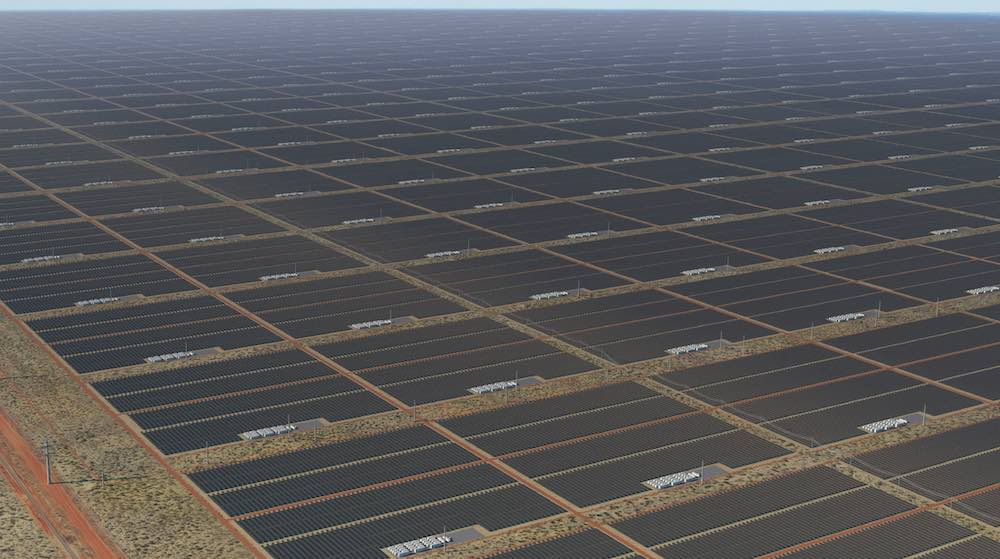
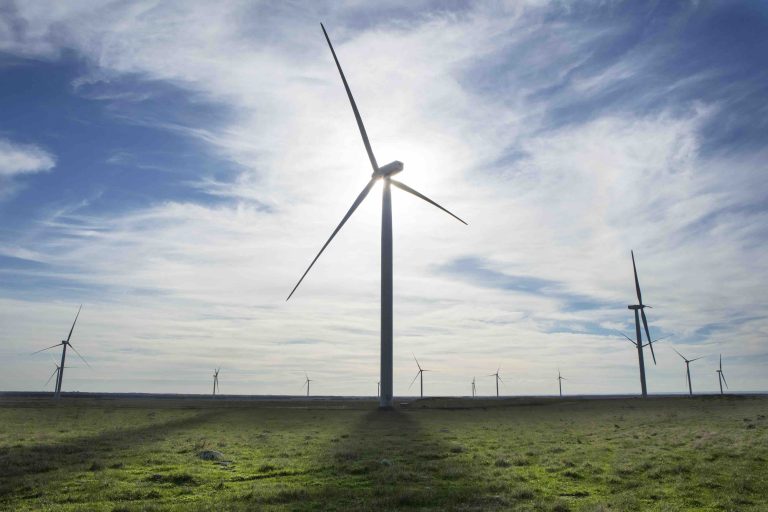
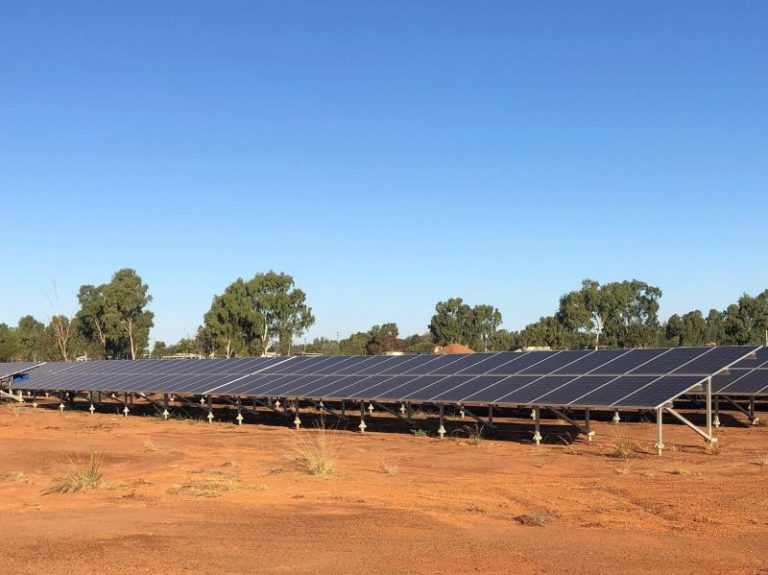
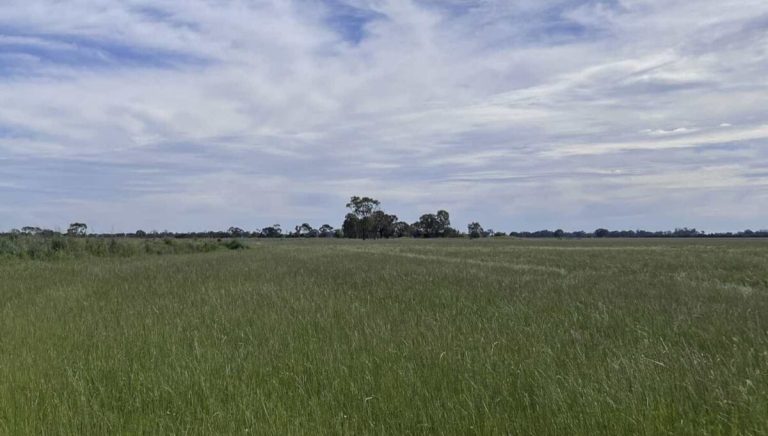

84-768x496.jpg)
